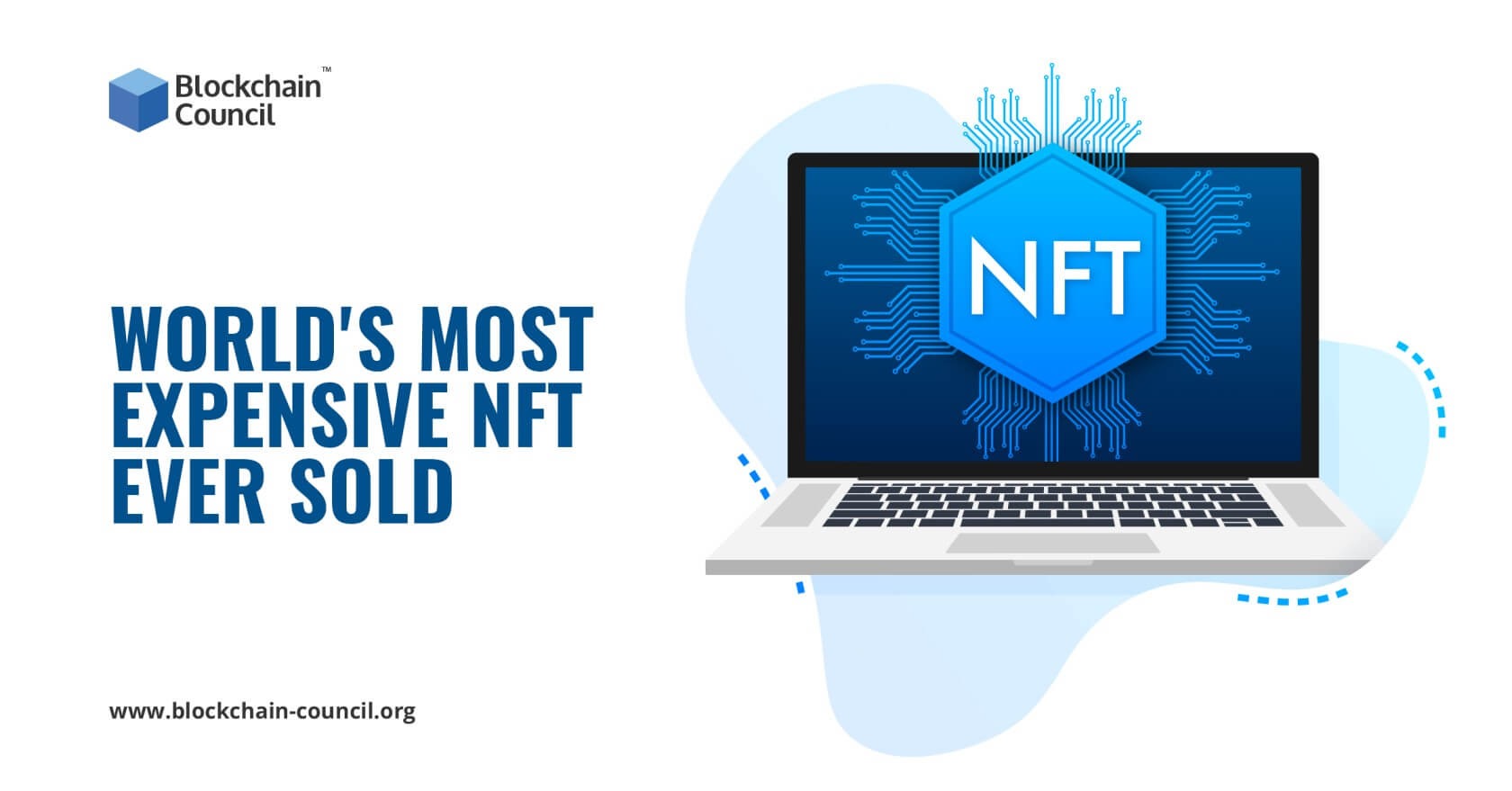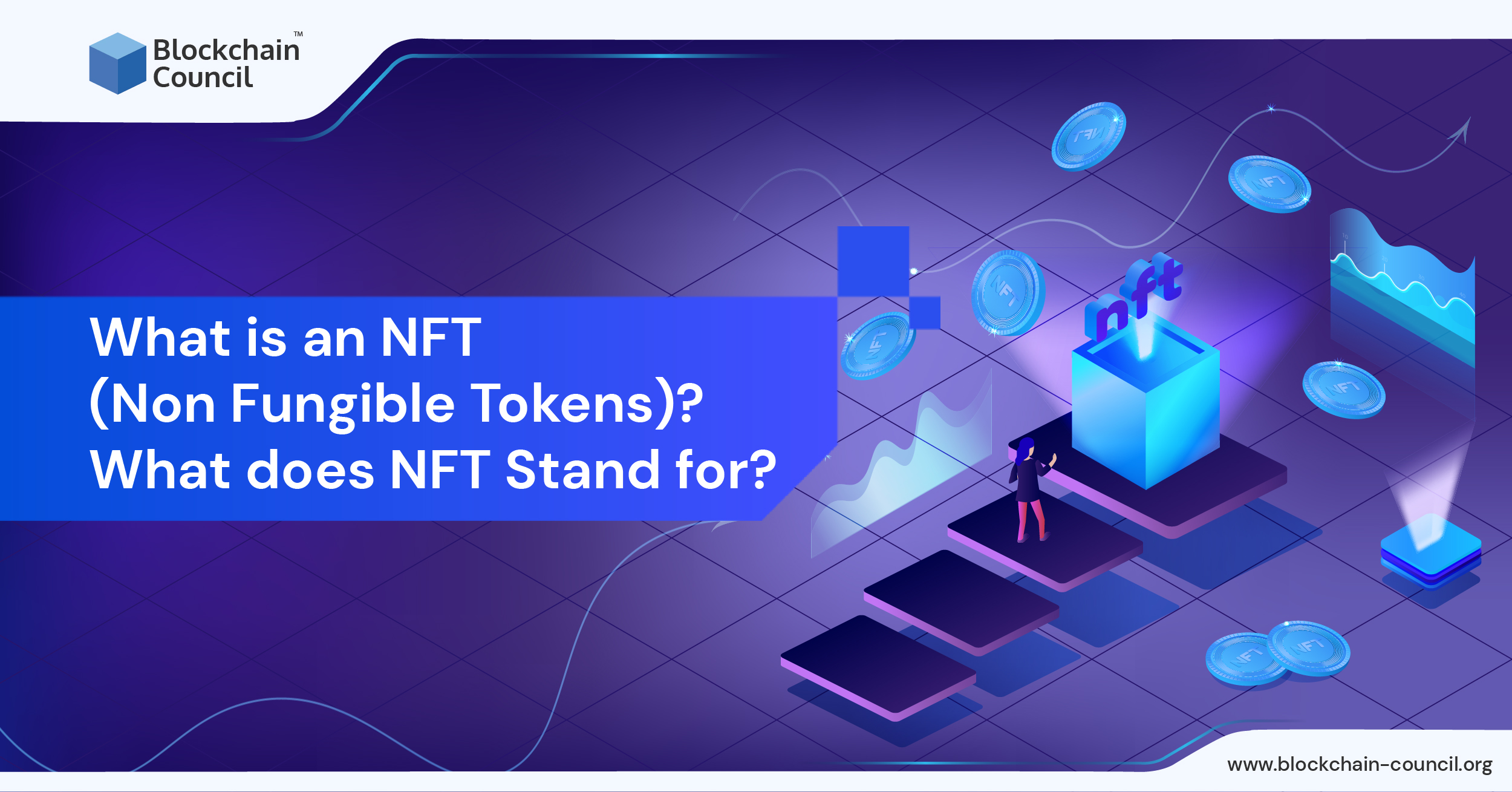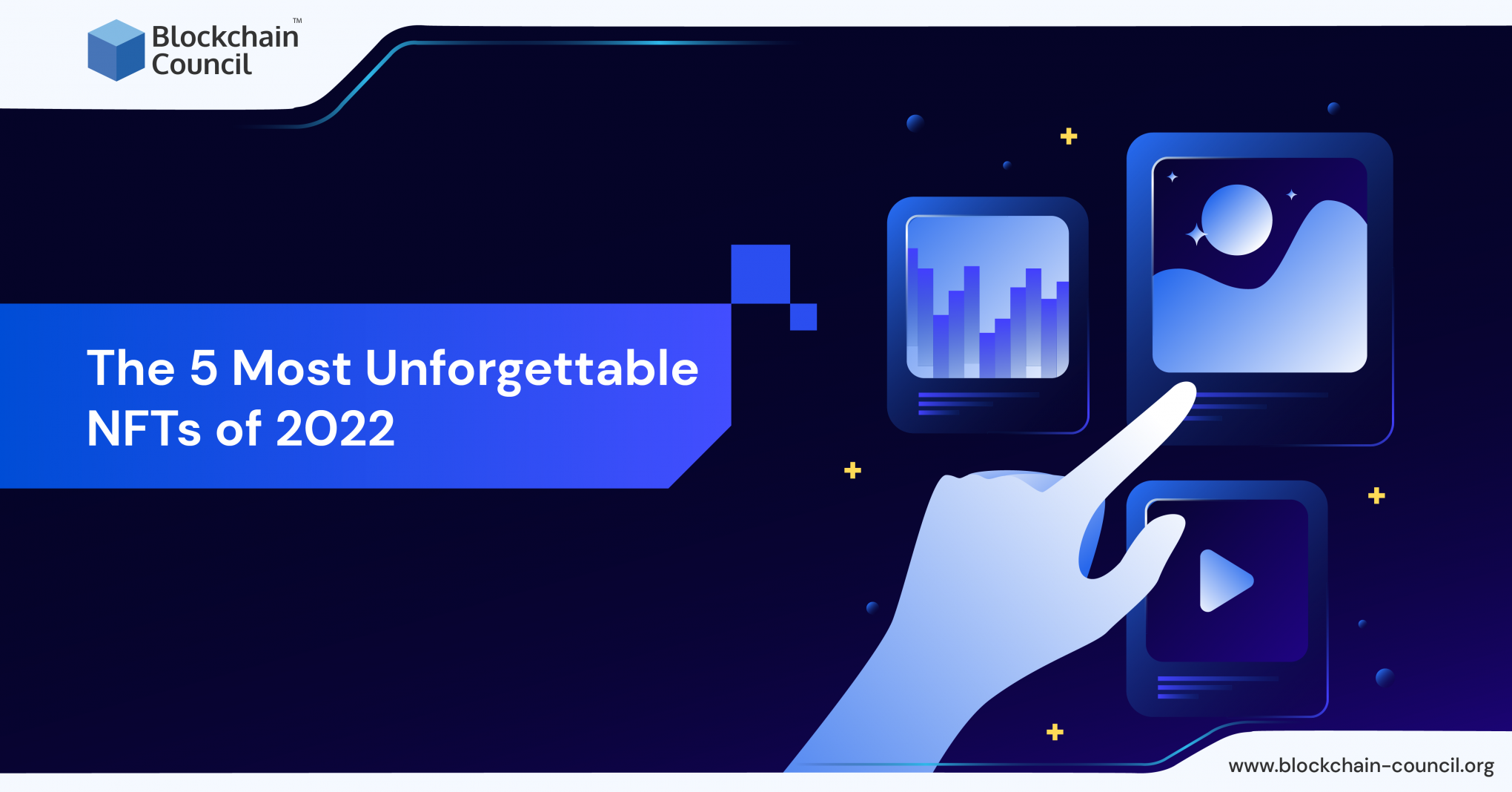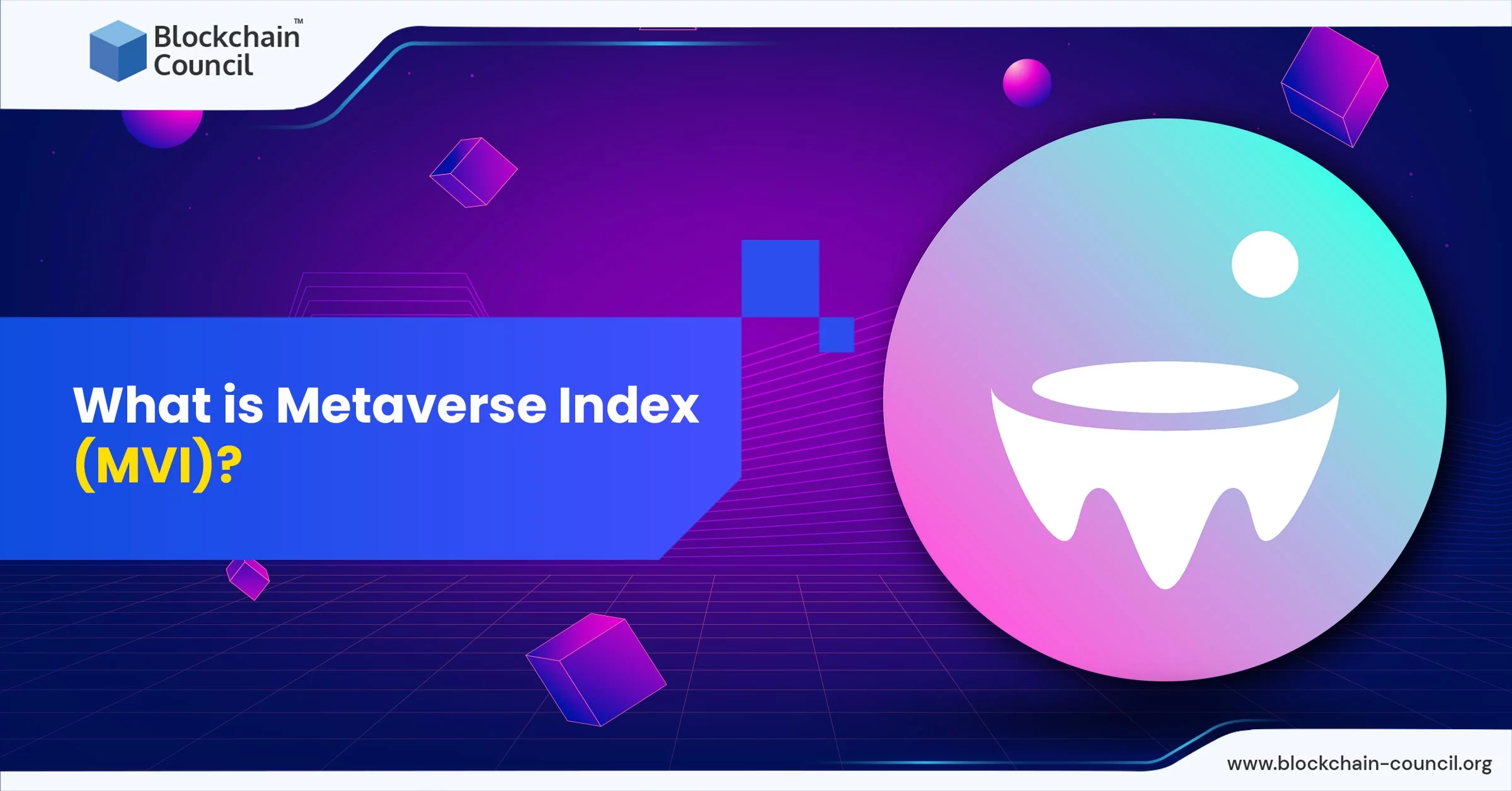
- Blockchain Council
- November 03, 2022
Web3 is transforming the Internet and rolling worldwide by establishing certain beliefs about decentralized technological architecture. It is a multi-dimensional tool that allows developers to introduce new data storage and management methods. Along with emerging brands, established businesses like Microsoft and Google have also entered web3 development quite aggressively, accounting for its rapid growth in the industry. But what is web3, and how will it evolve from the traditional infrastructure built over years of development and experience? We will break down the development of the internet from the first generation web to the existing web2 infrastructure and the currently developing web3.
Let’s get started!
We have detailed web3 training courses and certifications if you want to learn more about web3 development and blockchain technology.
History of Web
Web 1.0 refers to the first generation of the internet. It was the beginning of a change that would change the world order. The first generation of the internet was simply a medium to exchange information in the form of text between multiple parties without any significant research or development on the security and ownership verticals of the data. Later on, web 2.0 arrived, bringing the idea of personalization and customization. Along with web 2.0 came products like social media platforms, online games, web and mobile applications, and much more. It also gave rise to the idea of having a central authority controlling applications’ functionality. There are concerns associated with web2, like data security, Intermediaries, centralized control, and many others. Then came the third generation of the internet, web 3.0.
In the early development days, due to ignorance of web 3.0, it was considered a blockchain, and blockchain was considered a cryptocurrency like BTC, ETH, SOLANA, and others. However, users realized the crypto vertical is a mere use-case of blockchain technology, and web3 is more of a new generation of the decentralized internet.
Are Web3 and Web 3.0 similar?
It won’t be wrong to say that users nowadays are more confused between web3 and web 3.0. Although web3 and web 3.0 are not exactly the same, calling them completely different from each other would be wrong too. Here is the catch, web3 pertains to the decentralized version of the web based on cutting-edge blockchain technology.
Web 3.0 is the originally developed Semantic web, conceptualized by Tim Berners-Lee. Some crucial technologies in developing web 3.0 include the Semantic web, Natural Language Processing, and Artificial Intelligence. Industry leaders also refer to these three key technologies as the three pillars of web 3.0. Apart from these three, features like connectivity, ubiquity, edge computing, and 3-D graphics are essential characteristics that define the evolved web 3.0.
Well, we hope we have clarified what web3 and web 3.0 are. Still having doubts? Head to our detailed web3 education courses for a better understanding.
Future Web3 Trends
When it comes to the future of web3, what comes to your mind? Is it metaverse, cryptocurrency, decentralized applications, or what? We are enlisting some key trends that depict what the future of web3 looks like.
Metaverse
Metaverse is one of the most promising web3 and blockchain products, with many use cases from education to gaming. A combination of crucial technologies like AR/VR/MR/XR and blockchain creates a new virtual space with the 3D rendering of real-life objects and situations. Blooming industries like education, healthcare, gaming, and real estate are among the many that are going to experience a significant transformation with Metaverse. The global market revenue of the metaverse in 2021 is 58 billion USD; industry experts and surveys of some reputed firms suggest it will grow with a Compound Annual Growth Rate of 43% to reach a market capitalization of 1525 billion USD by 2030.
NFTs
NFT stands for Non-Fungible Tokens and is the most popular and sustainable web3 by-product. With entities like Warner Brothers, Meta, and celebrities stepping into creating NFTs as tradable digital tokens, the full potential is yet to be discovered. However, NFTs have proved their worth by sustaining the crypto winter that crashed the most aggressive growing product built on web3, Crypto. Survey and market insight firms like Forbes believe it to increase in the coming few years and reach a capitalization of 231 billion USD by 2030.
SocialFi
SocialFi is the emerging market of decentralized social media platforms. Twitter co-founder Jack Dorsey announced that his team is building the first-ever decentralized free-speech social media platforms that users will control solely. It will be free from any influence of corporate or any government institution and will work on DAO-powering smart contracts built on blockchain. Bluesky, the first-ever social network built on blockchain, is under beta testing, and soon it will take over the centralized social media marketplaces.
Smart Contracts
Smart contracts are the basic building block of any DAO-based application. It is the core functionality of a DAO (decentralized autonomous organization) built on blockchain consisting of a set of conditions. These conditions, wherever met successfully, execute a command in the smart contract leading to an action specified at the development time. Due to its core being built on blockchain, it is impossible to make amends after development to favor any specific condition or individual, making it the best use-case of blockchain technology.
dApps, DeFi
Decentralized applications and Decentralized finance are the two most promising verticals developed on web3. These two technologies are set to disrupt the current infrastructure built on web2. Decentralized architecture solves the two significant challenges faced by web2 applications, security, and control.
Decentralized applications eliminate the need for a central authority to control applications’ functionality, leading to a platform that individuals control. The second topping concern is about data storage and management; DLT (Distributed Ledger Technology) blockchain-based applications offer secure and safer data storage with distributed data storage making it difficult to steal personal data despite 100% transparency.
The distributed ledger records every transaction, be it a data transaction or a financial transaction; everything is recorded in the decentralized ledger that records if someone tries to tamper with the data. Recently, the renowned multinational banking firm JP Morgan tested their DeFi Trade successfully and planned to scale DeFi solutions globally.
Why should you be worried about web3 scaling?
You should be worried about the pace of web3 scaling. Why? Let’s find out. Every passing day, someone is adopting web3 solutions requiring a skilled individual to transform from web2 to web3 ecosystems. With the increased demand for web3 and blockchain professionals, experts believe in diminishing demands for web2 professionals.
Businesses are looking forward to adopting decentralized applications and are extensively looking for web3 and blockchain experts. We at Blockchain Council are here to help you understand web3 and blockchain in a way that enables you to develop scalable solutions for businesses. Time to adopt the change and learn blockchain with Blockchain Council. It’s your chance to be a web3 expert today with our easy-to-learn and organized web3 courses and certifications. Be the web3 expert world is looking for with web3 certification from Blockchain Council.





































































 Guides
Guides News
News Blockchain
Blockchain Cryptocurrency
& Digital Assets
Cryptocurrency
& Digital Assets Web3
Web3 Metaverse & NFTs
Metaverse & NFTs
